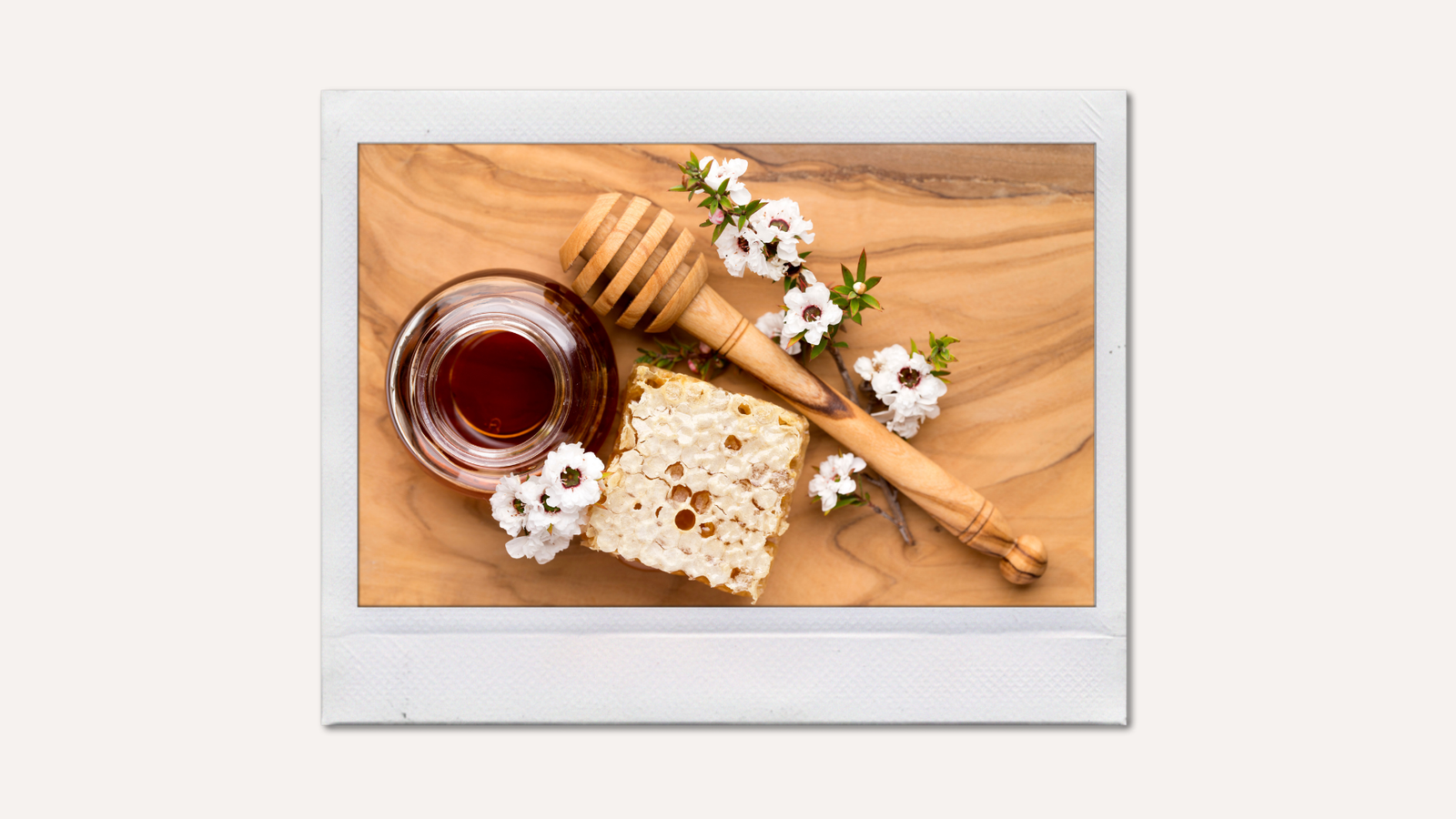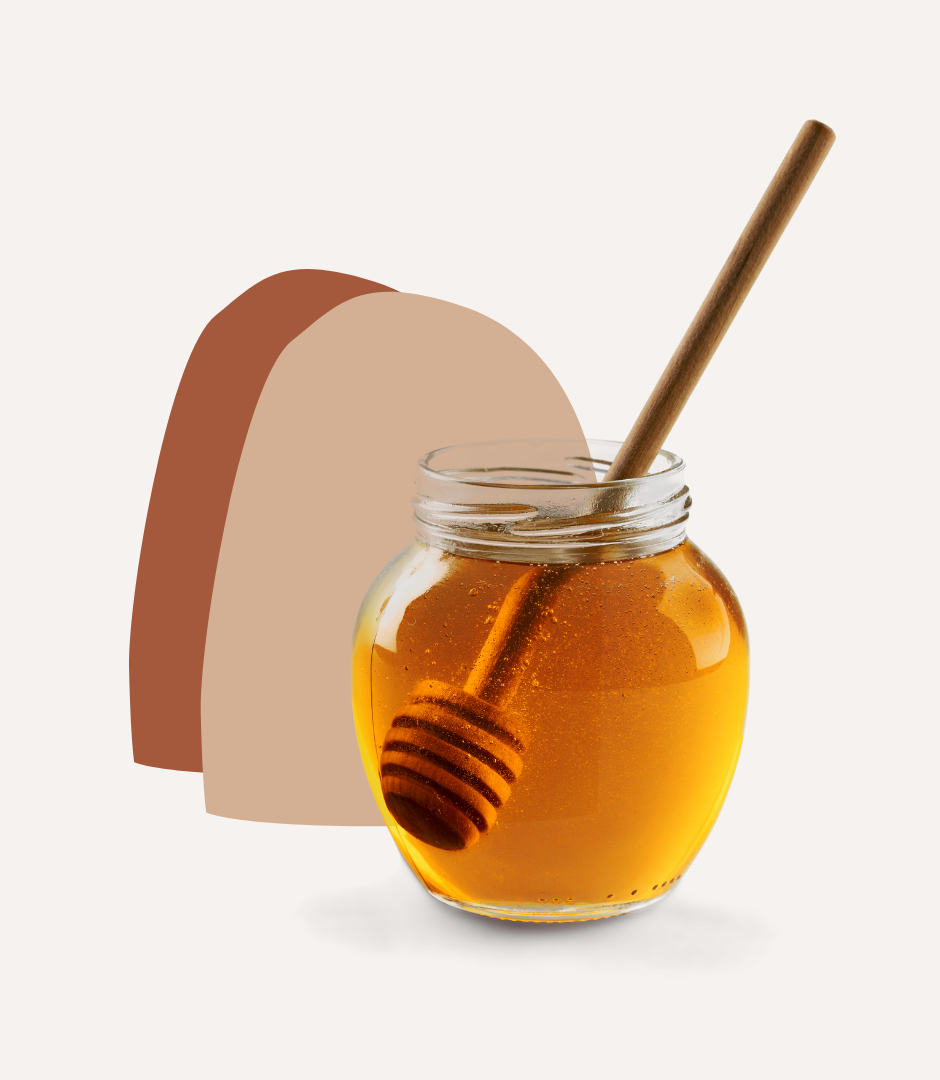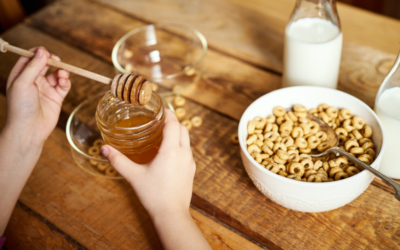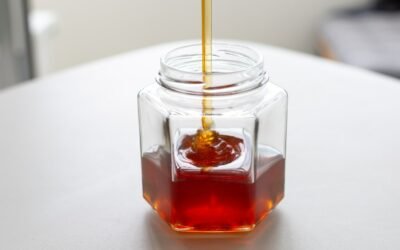Manuka vs. Raw vs. Regular honey

Introduction
So, you’ve often heard of manuka honey. With a heftier price tag than their usual counterparts, manuka honey, at first glance, it may not seem worth their cost. However, this article will explain the main differences between the three, as well as the benefits of superior benefits of manuka honey that other honey cannot match up with.
Very simply put, Manuka honey is obtained from bees that feed on the nectar of the Manuka plant, as seen in the photo above. The manuka plant is indigenous to New Zealand. This makes the Kiwis the sole producer of manuka honey! Find out more here.
Raw honey is typically obtained directly from the honeycombs themselves and not much is done to the raw, natural product.
Lastly, regular honey typically comes in clear plastic containers and is usually readily available at your local grocery store.
Manuka vs. Raw vs. Regular Honey
These three types of honey have different properties. With so many jars of honey on the shelves, it can be overwhelming when trying to choose the best option for you. This could be a useful guide to help you navigate through all the honey options!
| Manuka | Raw | Regular | |
| Processing | Manuka honey undergoes very minimal processing, which allows the natural minerals, vitamins and amino acids to be retained. | Raw honey, as the name suggests, comes raw. Barely any processing takes place and can be bought in both filtered and unfiltered forms. | Regular honey is filtered and pasteurised, which causes the honey to lose a large proportion of its benefits. |
| Pollen | Due to the minimal processing of the honey, they contain a significant amount of pollen! A single tablespoon of pollen contains almost 250 types of nutrients, including vitamins and flavonoids. What are some of the health benefits you may ask? Bee pollen relieves inflammation, boosts liver health, strengthens the immune system, reduces stress and speeds up healing. | The additional processing that regular honey is put through removes much of the pollen, reducing the nutritional benefit of the honey. | |
| Varietal | Varietal honey is made predominantly from the nectar of a single type of flower. This gives rise to a whole variety of honey, with unique flavour profiles, based on the various locations, seasons and climates where flowers are grown. | Made from honey from a variety of flowers, the taste and flavour notes are nothing unique. Along with the additives in regular honey, it lacks the unique taste one might crave. | |
| Manuka honey has a distinct taste, given that the tree grows in the pristine environment of New Zealand, free of pollution. | Raw honey can be obtained from a variety of locations, and the flavour profiles differ based on the type of flower and the season that the honey is produced. | ||
| Additives | Manuka honey contains no additives. You only obtain the natural benefits from manuka honey! | Raw honey contains no additives as well. Similar to manuka honey, all the nutrients are retained. | Regular honey may contain additives such as corn syrup or sugar. These add extra, ‘empty’ calories that are of no nutritional benefit to you. These unnatural sources of honey can even increase the risk of weight gain and diabetes, a huge no for all of us. |
| Location | As earlier mentioned, Manuka Honey can only be produced in New Zealand. As a result, Manuka trees are grown with the cleanest water and freshest air. | Where the honey bees thrive, honey is produced! China, Turkey, Argentina, Ukraine and the United States are the top 5 countries that produce honey. | |
| Grading | In order to assess the authenticity and quality of Manuka Honey, it receives a UMF grade, assessed using a laboratory test of three natural compounds in the honey (Leptosperin, Methyglyoxal and DHA). | Unlike Manuka honey, there is no standardized measure to compare the quality of regular and raw honey. The USDA honey grading system, for example, accounts for moisture content, absence of defects, flavour & aroma and clarity. However, the chemical composition of honey is not assessed. | |

Testing for quality honey
Contrary to popular belief, there is no way for a person to assess the quality of their honey at home. The best and most accurate way to deduce the quality of the honey is through a comprehensive chemical analysis of the compounds within honey. The UMF grading of Manuka honey provides you just that – a reliable way to ensure you get the best bang for your buck!
Buying honey
To be assured that you get honey of the best quality, only purchase honey from reliable sources. Take a look at our offerings here!






